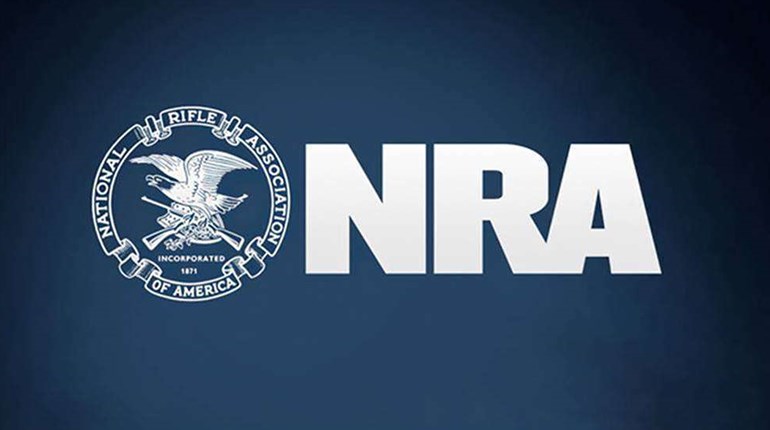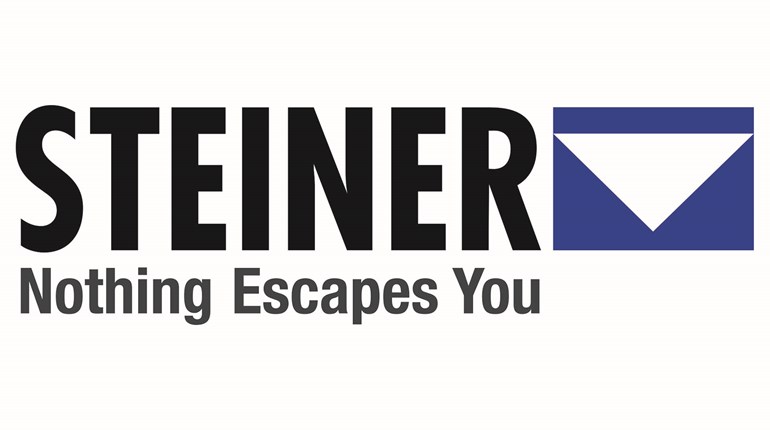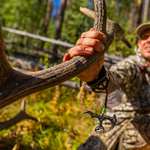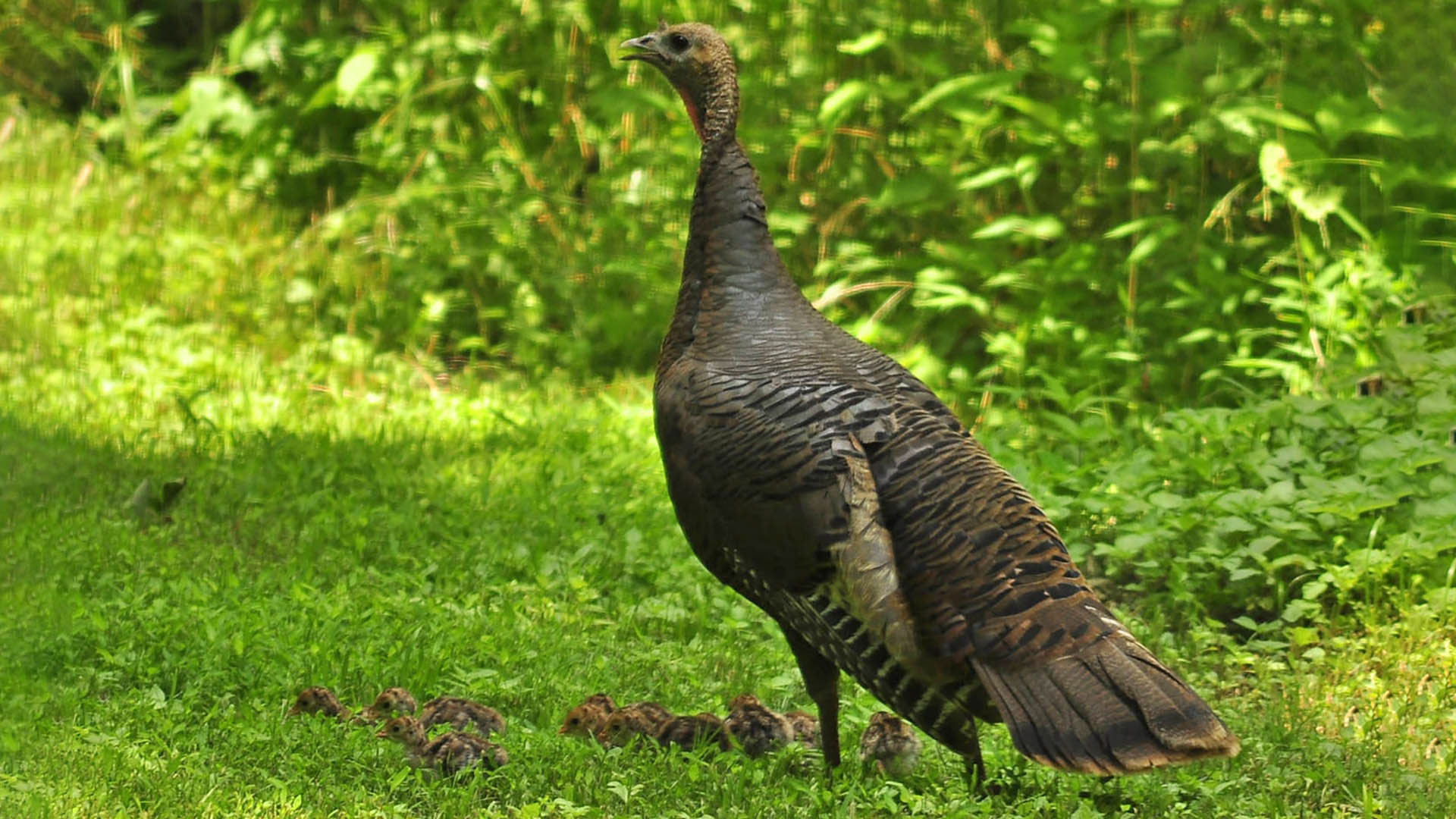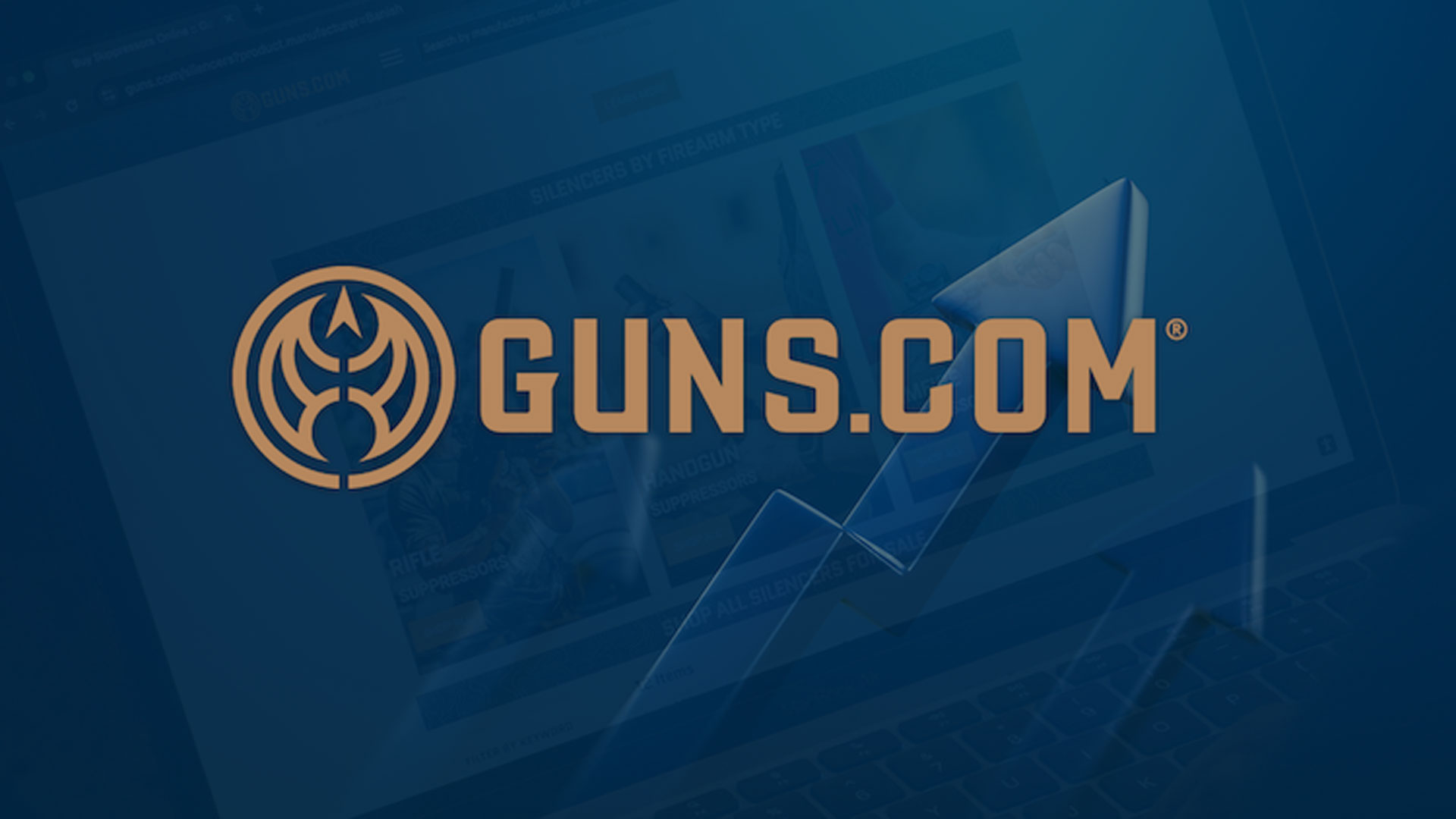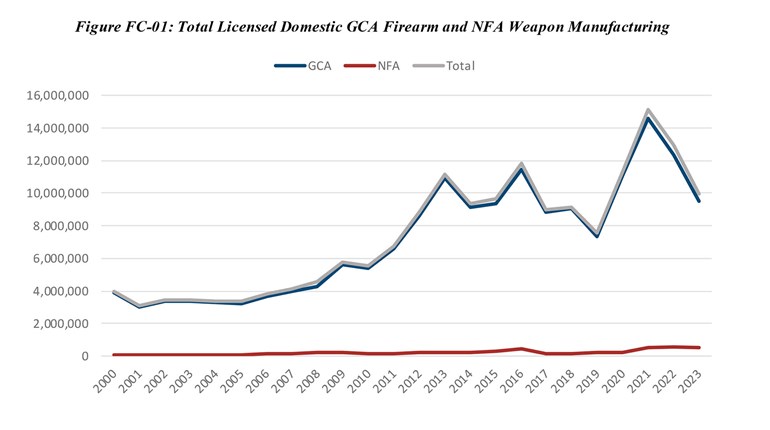
It’s no secret that the hunting lifestyle faces daily attacks from many sides. But which fronts are the most effective at impeding or even ending the pursuit and management of game animals? While some threats are old battles that have raged for decades, others might surprise and even provoke you. Here are some of hunting’s greatest threats:
Anti-Gunners
With unending assaults on the federal and state levels, groups like the Brady Campaign are attacking the rights of law-abiding citizens to own, shoot or hunt with firearms, the only physical item our forefathers guaranteed us the right to own. And if the guns themselves aren’t in the sights of anti-gun organizations, these groups even stage attacks, sometimes successfully, on ammunition and even air guns.
Outside of the dire impact on outdoorsmen, attacks limiting the sale and use of firearms and ammo have direct consequences to the general public, conservation and state and federal budgets. Single-minded and short-sighted anti-gun advocates happily ignore the ways guns serve our nation’s conservation effort via the Pittman-Robertson Act of 1937, which stipulates that an 11-percent tax on all guns, ammunition and outdoor equipment sold be allocated to state conservation and wildlife restoration programs.
Animal Rights
In addition to unconstitutional laws anti-gun groups are trying to impose upon Americans, animal-rights advocates strive to dictate law based upon their own distorted morality. Standing tall upon a self-perceived moral high ground, animal-rights activists attempt to sway public opinion and brainwash our youth with emotional—yet scientifically lacking—pleas, imagery and lies.
While the media-hungry People for the Ethical Treatment of Animals draws attention to its causes with absurd stunts, the biggest threat it poses is how it is infiltrating and grooming the next generation of voters.
Although PETA is a household name, it is not the biggest animal-rights threat trying to end hunting. Nor is it anywhere near as effective. The Humane Society of the United States preys on the ignorance of individuals who believe that the group acts as a national headquarters for local humane society shelters across the country—they aren’t and don’t—while simultaneously flooding local elections with money and advertising that propagates its crooked agenda. As the 800-pound gorilla in the animal-rights arena, HSUS’s huge budget and law-producing strategy is one of the biggest threats hunters face.
Urbanization
As society continues to center around cities and suburbs, the urban lifestyle persists in overshadowing rural traditions. Our next generation of decision makers is quickly losing touch with the slower-paced, introspective lifestyle and the amazing world of nature.
With the connection to the outdoors dwindling with each and every downloaded gigabyte, so goes the understanding of ecosystems and our role within them. The next wave of voters, fraught with animal-rights and environmental propaganda, is comprised of individuals who are increasingly seeing themselves as separate from the natural world; virtual observers of the environment instead of stewards who function within the food chain.
Federal and State Governments
As fish and game departments across the country struggle to make ends meet, state governments often see cold, hard cash in its coffers as bottom-line padding to make its budgets look better. Never mind that those monies are pay-to-play funds coughed up by hunters and anglers, and earmarked to support initiatives important to outdoorsmen and women; state governments continue to try and raid those reserves by combining them with general funds and more mainstream endeavors like birding, biking and camping.
And if the state isn’t eyeing already-raised funds, it tends to see hunters and outdoorsmen as a means to an end; the rising cost of resident state licenses, astronomical non-resident licenses and tag prices and the creation of public-land passes to overcome budgetary shortfalls constantly pillage the pockets of Average Joe hunters and anglers.
Hunters
As extreme as the threats to the hunting life are, hunters are also part of the problem. Apathy and infightingcan open the door to everygun-fearing bunny-hugger with a computer and a cause.
Backbiting between factions—be it firearms versus bows or traditional versus modern equipment users—only serves to separate and weaken the hunting front, leaving us vulnerable to ballot-box undermining and greater government oversight.
The harder it is to find a quality hunting experience, and the more expensive it becomes, the fewer hunters we’ll have in the woods and fewer of tomorrow’s voters will understand our lifestyle.
The Economy
When markets crash and unemployment rises, a ripple effect shimmers through all levels of society. The great outdoors and hunting are no exception. With less discretionary income, new-gear purchases often get put on hold while big, out-of-state trips might get cancelled altogether.
That economic belt-tightening reverberates throughout the industry and impacts everyone from mom-and-pop shops to big-box retailers to entire local economies built around hunting seasons. The environment and conservation efforts feel the pressure, too; with less gear and few hunting licenses purchased, fewer taxes are collected that help fund the maintenance of public lands.
Invasive Species
Forget climate change, if you want to see a real ecological threat look no further than out your front window. Thanks to the pet and garden trade, as well as imported food markets, North America’s flora and fauna landscape are changing at an unprecedented and perhaps irreversible rate.
Released or escaped iguanas, pythons and fish, like the snakehead and Asian carp, threaten the ecological balance of our waterways, wetlands and native animal species. And introduced plants like salt cedar and kudzu can change the very landscape by absorbing precious water supplies and altering food and water sources that the entire food chain depends upon.
We all know the big, publicized threats to hunters, but few of us know where the smaller but just as significant ones lie. As sportsmen, it’s important for us to know this information so we can do everything in our power to preserve and protect our way of life.














